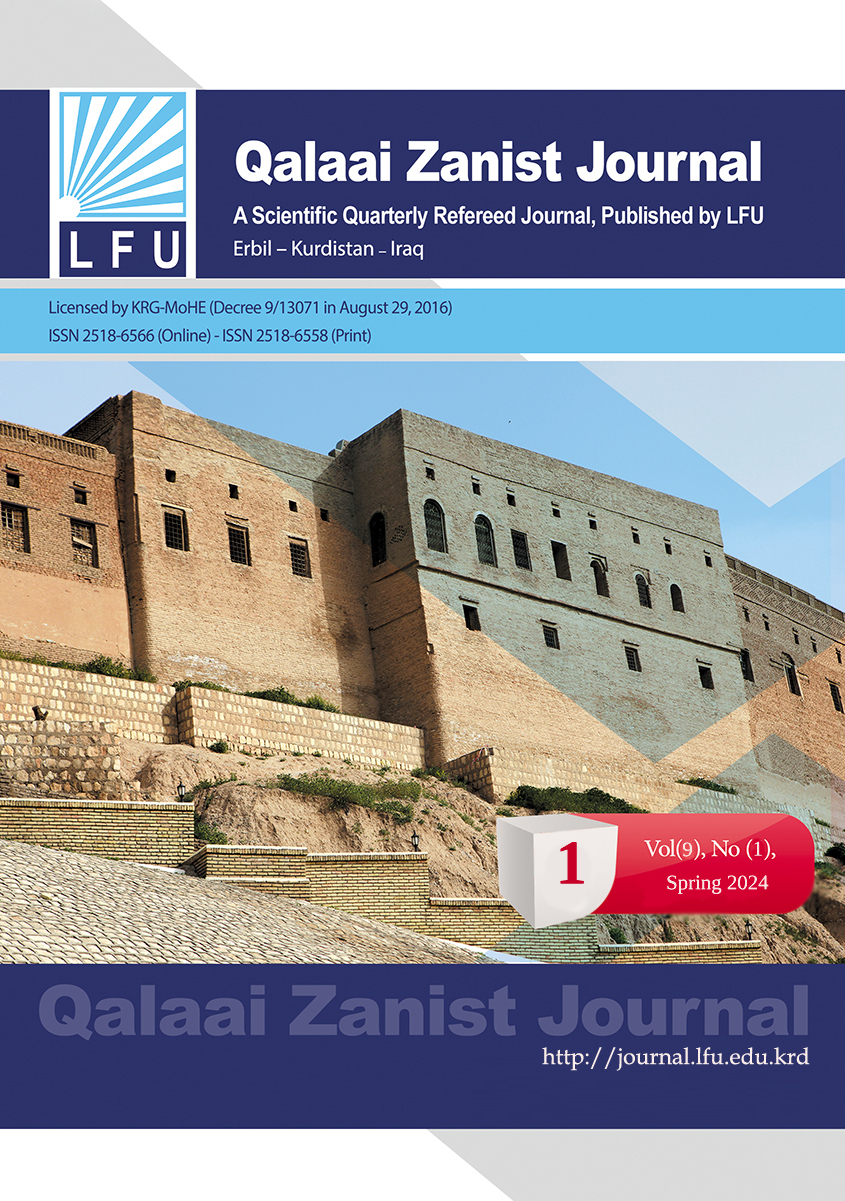The Use of Information Technology in The Process of Teaching Music to Students of Colleges of Fine Arts
##plugins.themes.bootstrap3.article.main##
Abstract
This research aimed to identify the use of information technology in teaching music and the traditional direct teaching method in teaching music and to identify the theories and rules of music. As a result of the technical development in the fields of computers specialized in music, music programs specialized in teaching music, reading music, music notation, analysis, and determination of distances and harmonious combinations were produced. These programs as an indicator of their technical capabilities. Therefore, modern technology appeared in the field of music in general, and in the field of musical composition, solfege, distances, harmonic chords, and musical theories in particular, whether in singing, audio recordings, or music notation. And since the computer has been used in many fields, it has played a major role in the field of music and musical sciences in general, as it is used in the process of processing sounds, such as adding some effects to the sound, or using it as an aid to teach the basics of musical theories and music notation in general. better.
Hence, the researchers came up with the idea through his experience in dealing with modern programs, as well as his knowledge of modern technologies and computer programs such as video recording programs and music programs such as (Finale, Encore, Avid Technology Sibelius, Muse Score, Sonar), which can be used in the teaching process. Music, and the researchers used the descriptive approach, so the researchers used the computer in the process of teaching music because of its ability to attract the student and stimulate motivation towards learning. students when using it in the teaching process. As well as choosing the best method that achieves the highest levels of teaching and learning in the field of music sciences.
Downloads
##plugins.themes.bootstrap3.article.details##
How to Cite
Copyright (c) 2024 Seerwan Mohammed Mustafa، Mohammed Abdula Kakasur، Mohammed Aziz Shaker Zaza

This work is licensed under a Creative Commons Attribution 4.0 International License.

